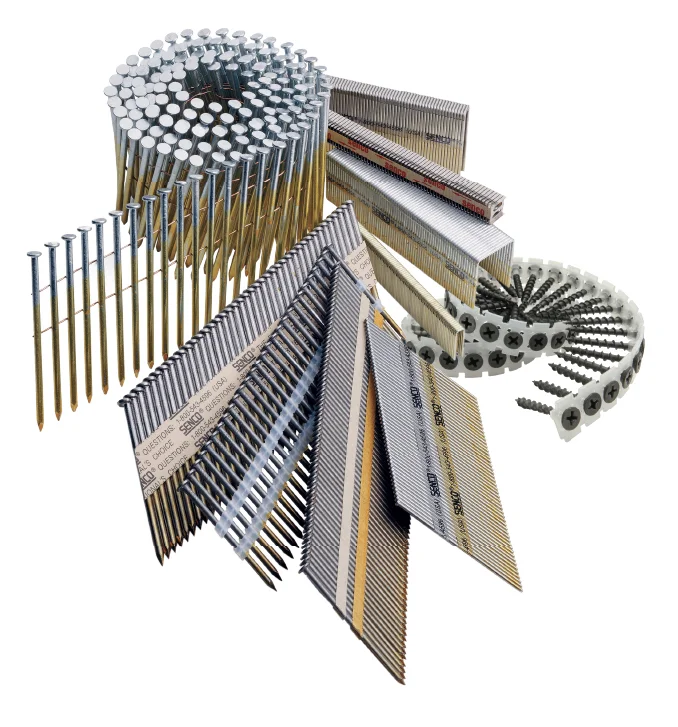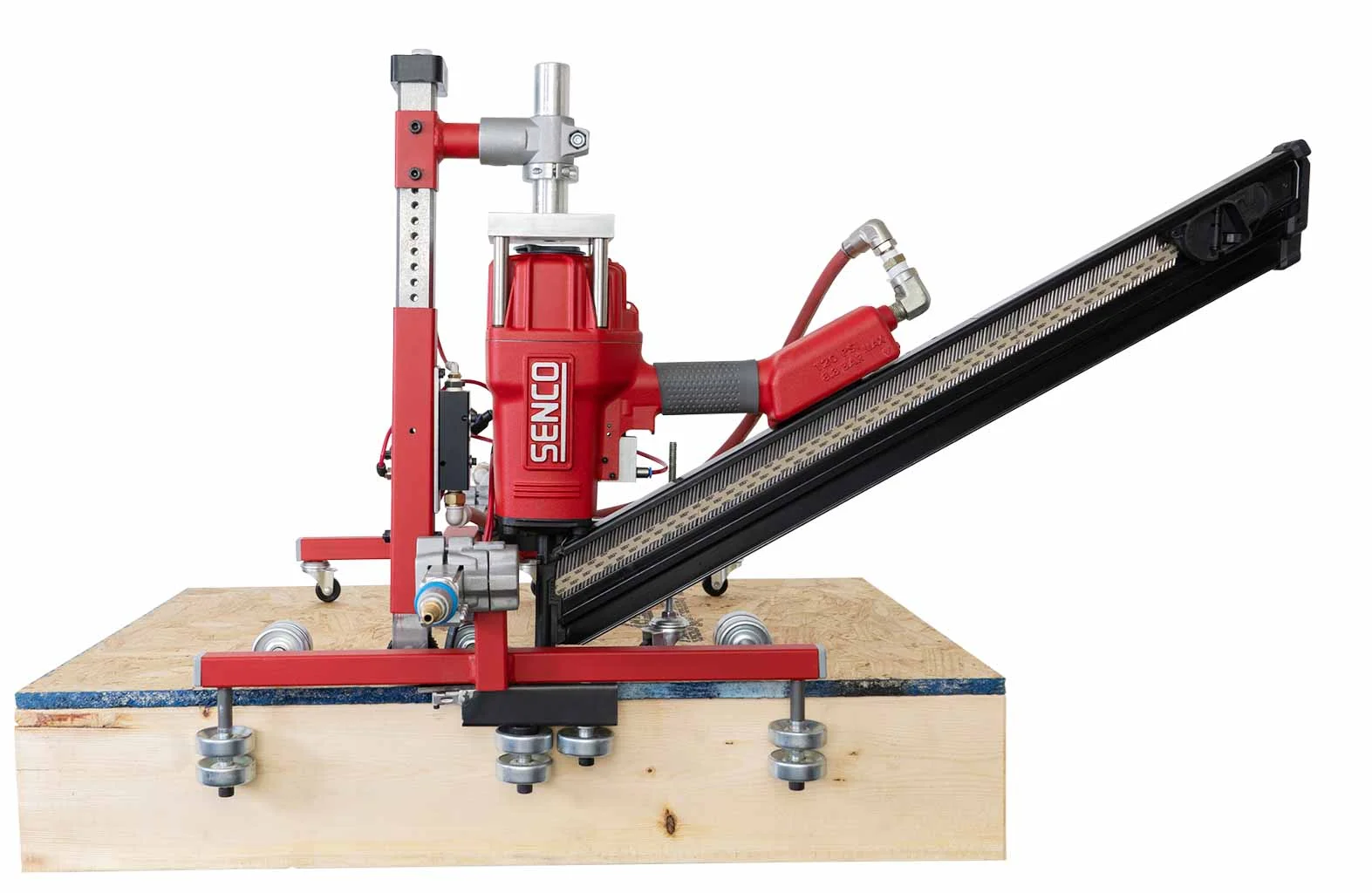Should I use Screws, Nails, or Staples?

Introduction
When it comes to construction projects, selecting the right fastener is crucial for ensuring structural integrity and longevity. The choice between screws, nails, and staples may seem simple, but each option has its own set of advantages and considerations. In this guide, we’ll explore the factors to consider when deciding whether to use screws, nails, or staples for your next project.
Screws: Versatility and Holding Power
Screws are known for their versatility and holding power, making them an ideal choice for many applications. The threaded design of screws allows for a tighter grip, a must for tasks that require the strongest connection. Screws do not loosen over time like nails or staples. That is one reason why they are not typically used in traditional stick framing. Fasteners like nails are able to bend and flex with the wood as it settles over time, whereas screws do not.
Consider using screws when installing sheathing or a subfloor, metal framing walls, or installing decking. The ability to easily remove and replace screws also makes them suitable for projects that may require future adjustments or modifications. Depending on your project, SENCO offers a wide array of tools to meet your fastening needs when using screws.
Nails: Speed and Cost-Effectiveness
Nails have long been a go-to fastener when speed and cost-effectiveness are primary considerations. They are particularly efficient when large quantities of fasteners are required, making them a great choice for framing and sheathing projects. Nails are driven quickly using pneumatic nailers, saving both time and labor costs on the job site.
It’s important to note that nails do not offer the same level of holding power as screws, and they may be more prone to backing out over time, which also means they can adjust with the wood. This is especially important to consider because wood expands and contracts in response to changes in temperature when the seasons change. Because nails flex with the wood, they are suitable for projects where the goals are to secure materials quickly and efficiently while also ensuring a wooden structure’s stability over time.
Staples: Efficiency and Precision
Staples are often overlooked in construction, but they can be a valuable fastening option for certain applications. Pneumatic staplers allow rapid and precise installation, making them ideal for tasks such as asphalt and fiberglass shingles, roofing felt, wire lathing, and foam insulation board applications.
Staples provide a clean and unobtrusive finish, reducing the risk of splitting wood or leaving visible marks on the surface. Additionally, the speed at which staples can be driven makes them a popular choice for projects where installation speed is a top priority.
Factors to Consider:
Material and Project Type: Consider the materials you are working with and the specific requirements of your project. For example, when working with hardwoods or materials prone to splitting, nails or staples may be the best choice.
Holding Power: Assess the load bearing and any regulatory code requirements of your project. For structural elements, such as metal framing where shear strength is crucial, screws with high holding power may be necessary. Screws can better withstand horizontal pressures than nails.
Speed and Efficiency: Evaluate the pace at which you need to complete your project. In scenarios where time is an important consideration, nails or staples may be more suitable due to their fast and efficient installation. Staples are a great choice when needing to work quicky in a limited area, such as with shingles.
Future Adjustments: If your project may require future adjustments or disassembly, screws offer the advantage of easy removal without damaging the materials and often times the same hole in the work surface can be reused.
Conclusion
In the world of construction, the choice between screws, nails, and staples is not one-size-fits-all. Each type has its own benefits. And by considering factors such as material type, application requirements, and desired finish, you can confidently select the best fastener for the job, ensuring both efficiency and structural integrity in your construction projects.

